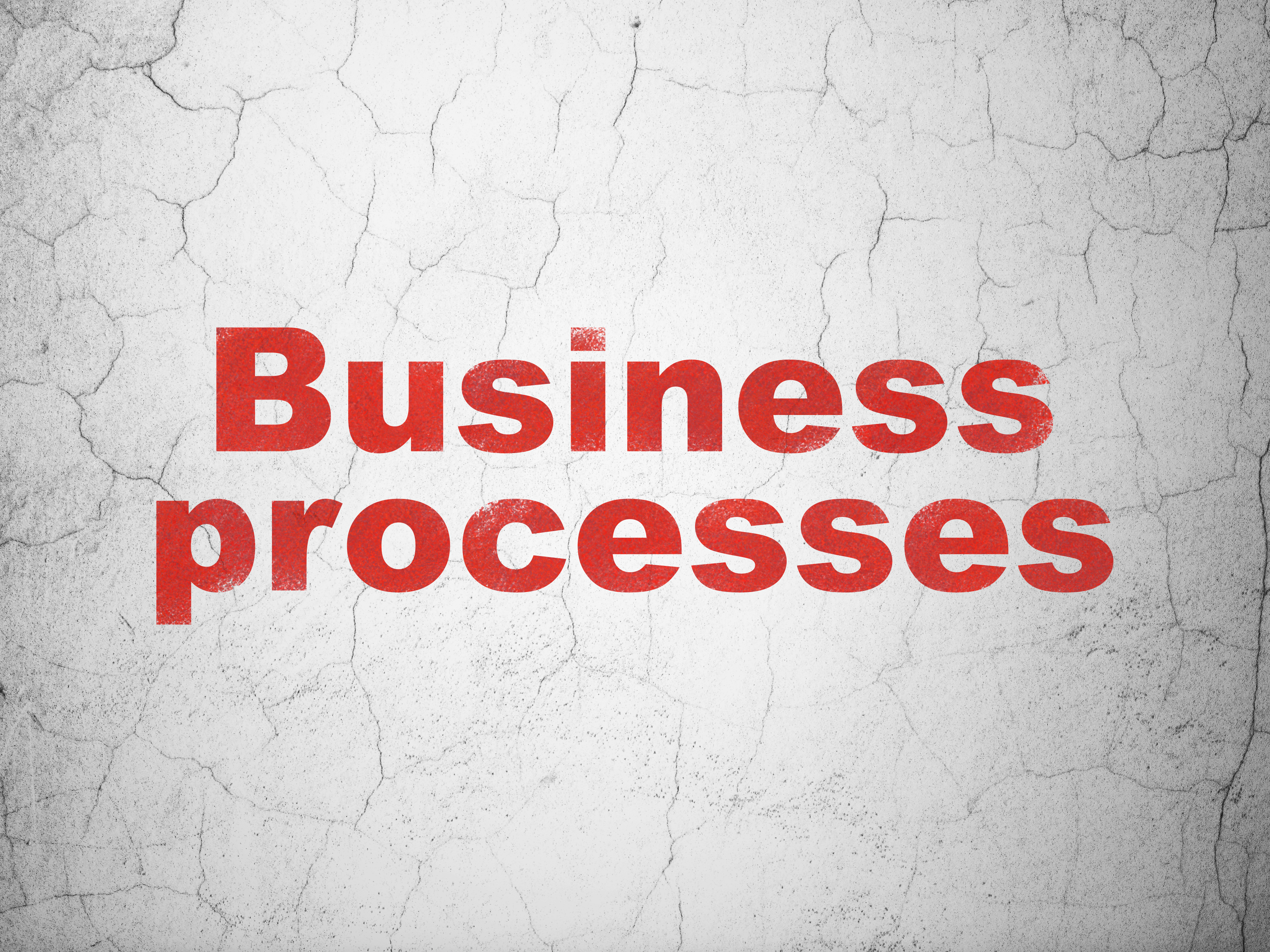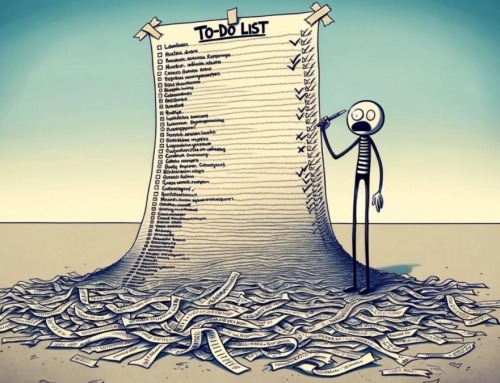For any business, processes are critical to ensure efficiency and quality in many areas of operation. But many businesses have gone too far in recent years and have actually reduced productivity, efficiency, and service quality by burying their employees with ineffective and unnecessary processes. In this article, we examine some of the common problems of process overload and how to identify and prevent them.
From service delivery and customer support to manufacturing, accounting, distribution, and human resources, processes can be a great way to standardize operations, simplify tasks, implement best practices, and ensure consistency and high performance as a business grows and expands. In fact, researchers at McKinsey & Company have found that 85% of executives believe that processes help them share knowledge across divisions and regions, and they also believe that seamless processes can be central to meeting customer expectations.
However, processes are sometimes unnecessary or can be counter-productive if you implement too many of them or implement them in the wrong way. Recent business trends point to this reality and to the problems that processes are creating for many companies.
For example, the Boston Consulting Group studied U.S. and European companies and discovered that, over a period of 15 years, “the amount of procedures, vertical layers, interface structures, coordinating bodies, and decision approvals needed … has increased by anywhere from 50 percent to 350 percent.” The end result of such bloat is often process overload and bureaucracy that slows down operations, limits productivity, and works against a company’s intended goals.
As the Manager’s Resource Handbook pointed out in a recent case study, when elaborate processes, controls, reviews, and checkpoints are implemented, the resulting rigor can paralyze a business. In this particular case, gatekeepers routinely blocked progress by requesting additional data and supporting evidence. Periodic meetings with executives resulted in frequent changes in direction. And the number of forms, documents, and paperwork suffocated employees.
To further illustrate this, consider Boston Consulting’s finding that, in the most complicated organizations, “managers spend 40 percent of their time writing reports and 30 to 60 percent of it in coordinating meetings.” Given these kinds of negative impact, it’s no wonder that, in McKinsey’s study, researchers found that executives identified processes as one of the three weakest aspects of their organization, and nearly a third of executives said that their company would be more effective if it reduced its number of standardized processes.
So how can you avoid process overload so you don’t find yourself feeling the same frustrations and concerns as these executives do about their companies. We’ve pulled together several important tips based on these studies and our own experience in working with businesses to help them boost their process efficiency and achieve their goals.
- Catalog and prioritize your processes.
As McKenzie has recommended, start by knowing what major processes you have in every area. Catalog your processes, evaluate them, and prioritize them. This will help you figure out which processes should be standardized across your organization, which ones should be localized based on a specific department, location, or region, and which ones you may be able to eliminate.
- Optimize your processes.
Determine the value that each process currently delivers compared to its potential value. If there is a gap, determine why this is and determine what will be required to optimize the process and maximize its value. Always look to apply lean principles and keep in mind the potential impact of technology. On one hand, technology can help standardize and streamline processes, but once it’s configured and established, it can also make processes difficult and expensive to change. So, assess how quickly or frequently the value drivers of a process are likely to change, and if you anticipate needing to make changes soon or fairly often, make sure your technology is designed to be flexible and to support these changes.
- Minimize and standardize … but don’t overdo it.
Always look to keep processes to a minimum while still ensuring that you implement enough processes to reach your desired goals. As organizations grow and expand to new locations or through mergers and acquisitions, processes may need to be standardized across the organization. You don’t want to end up with different processes and no consistency throughout the organization. But don’t overlook localized processes that may be perfectly valid for reasons specific to a particular department, location, or region. When cataloging and prioritizing your processes, try to aim for a minimum number of processes and as much standardization as possible while maintain localized variation when it makes the most sense.
- Mandate from the top but use bilateral process development.
Of course, executives and managers should always consult with people at all levels of the company as part of process evaluation and to identify opportunities for new processes and improvements. But this can sometimes bring out vested interests or personal preferences that are not always in line with company goals. So executives and managers should be prepared to make judgment calls and issue top-down mandates as needed. But, once the vision is decided and established, the upper level of the organization should share knowledge and work bilaterally with the rest of the organization. This way, you can develop processes and procedures that are well-informed, that employees can follow, and that will yield your desired results.
- Be ruthless in a good way.
Be ruthless and brutally honest in evaluating your processes and eliminating them or optimizing them. If a process is not adding value and has no real prospect of doing so, then eliminate it. If you create new processes or improve existing ones, be ruthless about ensuring that they’re optimized and implemented properly. For example, if you empower someone with permission and responsibility but not with the authority to take action, then you’re showing a lack of trust and creating obstacles to process efficiency and efficacy. If someone still has to obtain an unreasonable number of approvals and sign-offs to get something done, then you may be defeating your intended purpose.
Similarly, if your processes calls for regular meetings, reviews, and reporting, scrutinize this and consider whether such activity is truly productive and whether it gets in the way of productivity and results. How much time are your employees, managers, and executives spending preparing for meetings and participating in them, conducting reviews, and creating and delivering reports? As our earlier discussion pointed out, this can lead to a massive drain on time and resources that could be invested elsewhere to provide real value or actually carry out essential elements of your processes. And it can lead to frequent changes in direction brought about by management and executive review. Consider reducing the number or frequency of meetings, reviews, and reports, or consider eliminating them altogether if they’re getting in the way of your company achieving real results and accountability.






